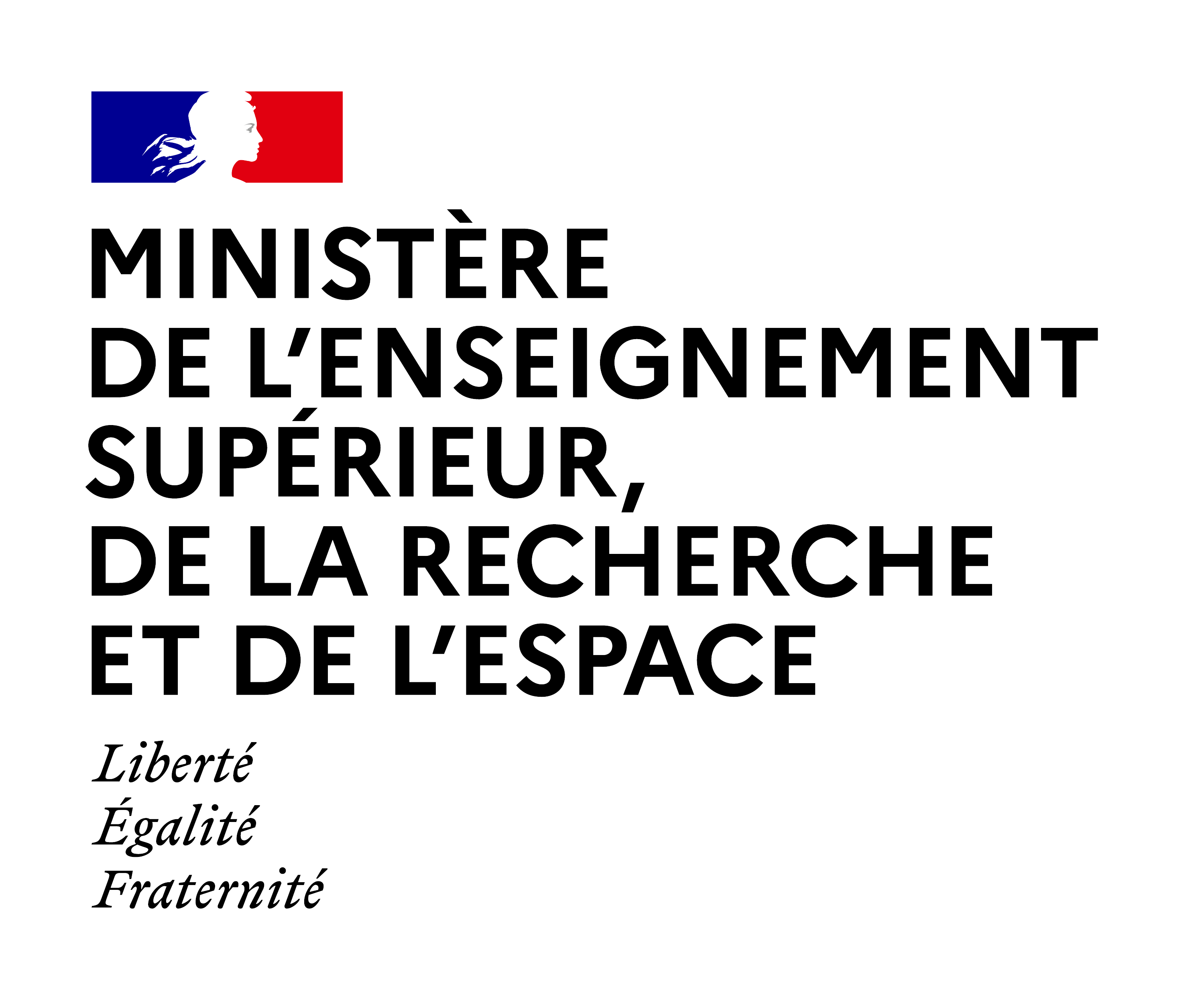Expected Outcome:
Project results are expected to contribute to all of the following expected outcomes:
- Reduction of construction and renovation time on-site (at least 40% reduction).
- Reduction of errors in construction and renovation works.
- Improved resource efficiency.
- Reduction of construction and renovation costs.
- Reduction of greenhouse gas emissions resulting from, and improved energy efficiency of the works on-site.
- Reduced environmental impact of construction works, including pollution, particulate matter[1] and noise, in the immediate vicinity.
- Reduction of waste generated from the works on-site.
Scope:
The transformation of the built environment should take place in a way that minimises the environmental impact of the works themselves. With the increasing rollout of highly energy efficient, sustainable buildings and deep renovation, there is a growing need for the development of robotic and automated solutions to support sustainable building construction, renovation and maintenance processes that are less disruptive, cleaner and faster.
Proposals are expected to address all of the following:
- Investigate the use of robotic systems (including those used for 3D printing) and automation for construction and deep renovation, in order to reduce time of construction and renovation works, reduce construction errors, as well as facilitate maintenance, also minimising the impact of the works on the surrounding built environment.
- Explore the potential for lower construction costs through automation and robotics resulting from increased speed, improved resource efficiency and avoidance of errors.
- Develop robotic and automated design and construction techniques that increase energy efficiency and reduce greenhouse gas emissions from construction and renovation works on-site.
- Develop approaches that use digitally assisted design to improve resource efficiency and safety, reduce waste, and reduce construction time.
- Investigate the use of automated technologies for surveying, inspection and monitoring of the site.
- Investigate the use of automated support to augment workers’ capability and safety (e.g., lift robots, exoskeletons, automated construction site monitoring, use of augmented and virtual reality).
- Test and validate the prototyped solutions in at least three prototypes to assess the proposed approaches for a variety of buildings typologies representative of the European building stock. These prototypes should be validated in a lab or another relevant environment. The testing and validation are expected to address both new construction and renovation.
- Contribute to the activities of the Built4People partners and to the Built4People network of innovation clusters.
This topic implements the co-programmed European Partnership on ‘People-centric sustainable built environment’ (Built4People). As such, projects resulting from this topic will be expected to report on results to the European Partnership ‘People-centric sustainable built environment’ (Built4People) in support of the monitoring of its KPIs.
Selected proposal(s) could consider the involvement of the European Commission's Joint Research Centre (JRC). The JRC may provide support in research activities related to robotics and other automated solutions for new construction and renovation of buildings.
[1] https://www.eea.europa.eu/help/faq/what-is-particulate-matter-and





